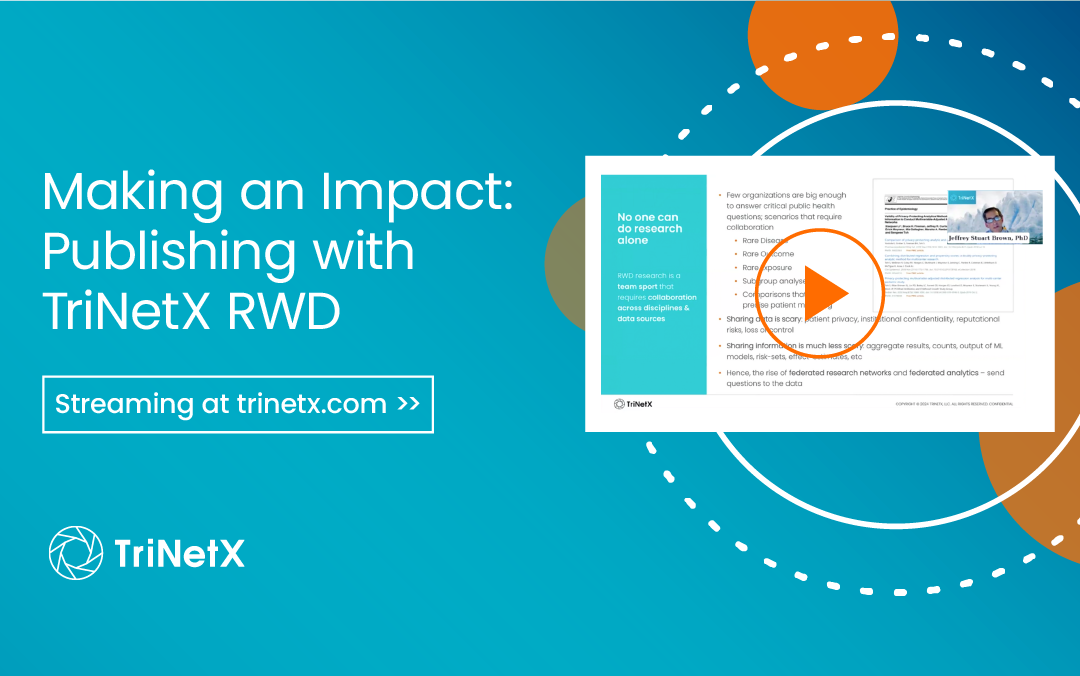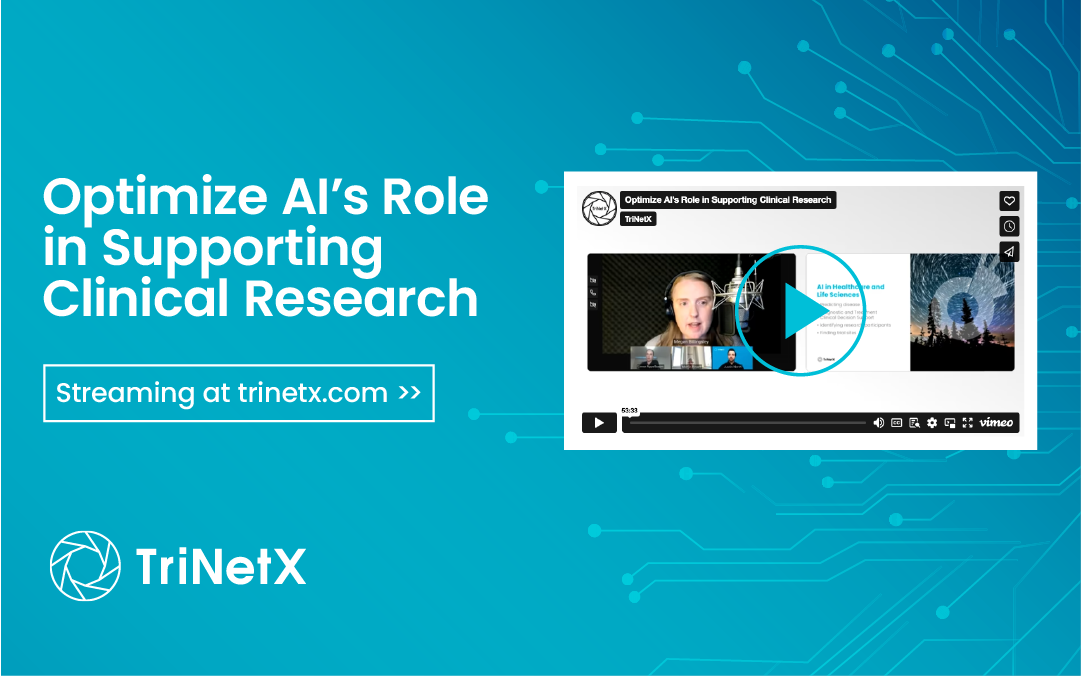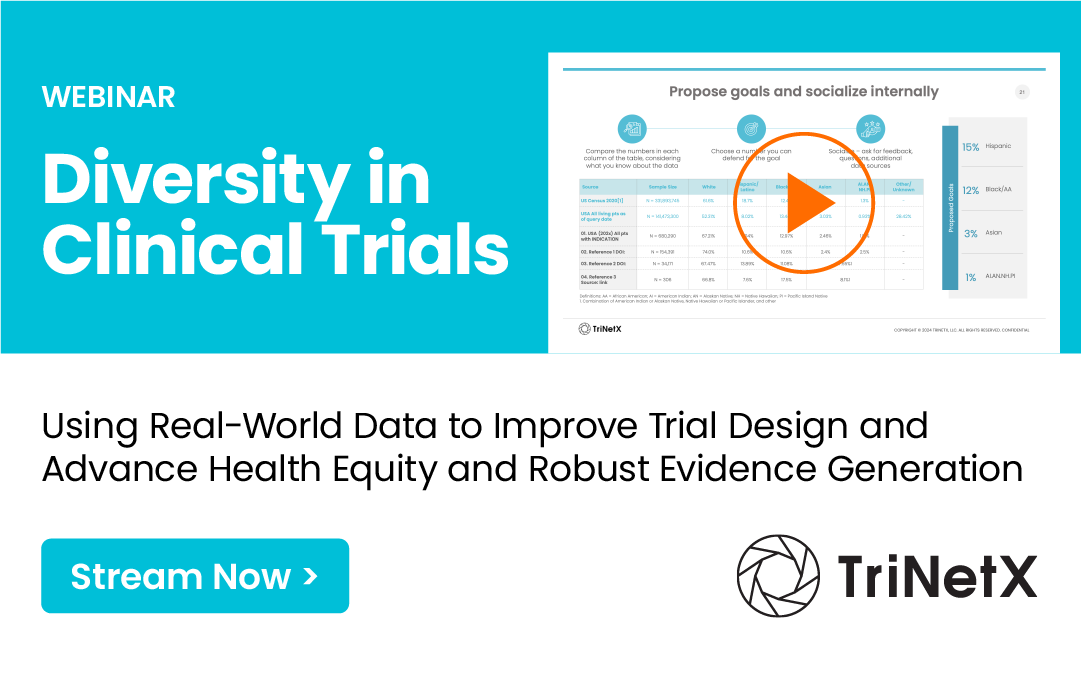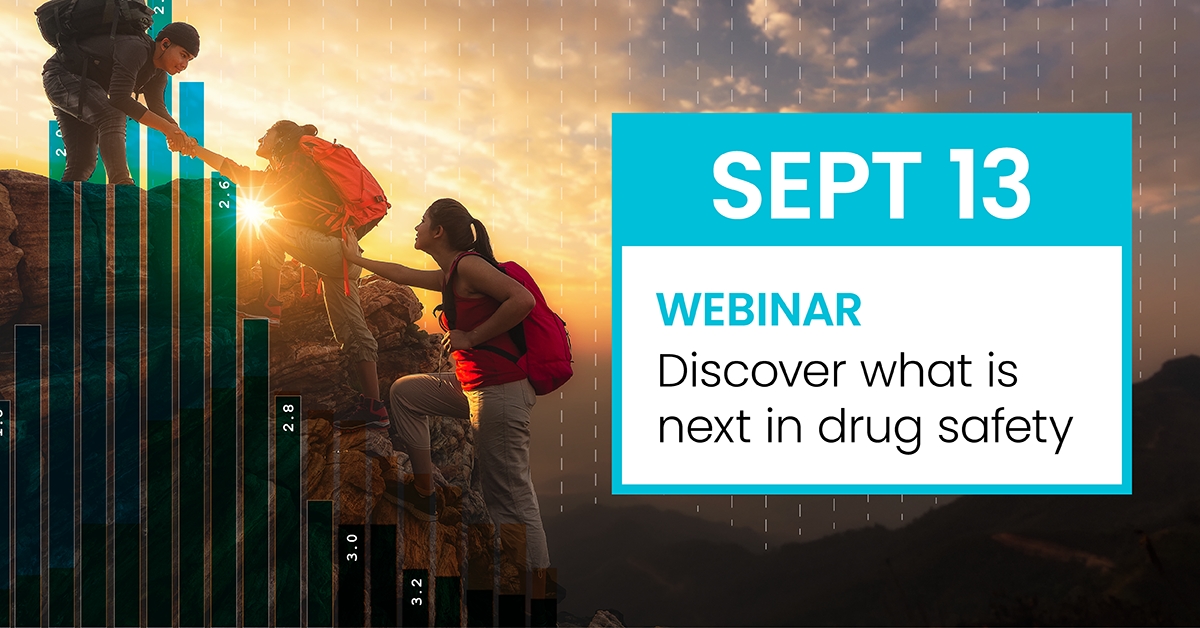Events
Whether attending a conference around the world or participating in our informative webinars, you’ll embark on a transformative journey into the TriNetX ecosystem. Discover how our end-to-end drug development solutions and real-world data technology drive groundbreaking research and better patient care. Gain valuable insights from industry thought leaders, connect with passionate professionals and explore the latest advancements in healthcare and life sciences. Don’t miss the chance to shape the future of clinical research with TriNetX. Book a meeting at an upcoming conference or register for a webinar today and be part of our global community dedicated to enhancing healthcare, advancing research, and pioneering innovation.
See Upcoming Conferences
See Upcoming Webinars
See All On-Demand Webinars
Upcoming Conferences
SCOPE Europe: Summit for Clinical Ops Executives
Join us at SCOPE EU 2024 and embark on a journey with TriNetX to discover how we can transform your clinical trials. Our team, equipped with decades of real-world data and evidence expertise, is ready to guide you through uncharted territories of trial optimization. Explore how our innovative solutions can revolutionize your trial design, streamline patient recruitment, and harness data for unprecedented efficiency and success. Don’t miss this opportunity to chart a new course for your clinical trials with our seasoned experts.
World Drug Safety Congress Americas 2024
The World Drug Safety Congress Americas is where pharmacovigilance and drug safety professionals, together with industry leaders, regulatory experts, and innovators explore the latest advancements in drug safety. This event provides insights into real-world data applications, AI, and machine learning in pharmacovigilance, offering opportunities to learn, network, and stay ahead in the evolving landscape of drug safety.
Recent Conferences




Upcoming Webinars
RWD to the Rescue: Solving R&D Challenges for Pharma Companies
This webinar will cover how RWD can enhance the design and execution of clinical trials, leading to more efficient and effective asset strategies. Attendees will learn to utilize RWD to better understand patient cohorts, define meaningful endpoints, assess trial feasibility, and explore disease characteristics.
The expert speakers will explore the integration of artificial intelligence (AI) and advanced disease modeling techniques to identify and support underdiagnosed patient populations. The attendees will walk away with a better understanding of the critical role of RWD in developing comprehensive evidence plans, including safety assessments and long-term follow-up.
Navigating the FDA’s New Clinical Trial Diversity Guidance: Unlocking the Future of Inclusive Research
Join our webinar focusing on the latest US Food and Drug Administration (FDA) guidelines on diversity in clinical trials.
Our expert speakers will share actionable strategies for meeting the new standards, including optimizing study design and increasing participant engagement. You’ll also hear real-world examples of organizations that have successfully achieved diversity goals, along with insights into the FDA’s new diversity guidance and its impact on trial outcomes.
Learn how to enhance study inclusivity, streamline recruitment, and ensure compliance with the latest regulations.
Featured Webinar
Making an Impact: Publishing with TriNetX Real-World Data
Join industry-leading experts as they delve into the latest real-world data (RWD) and real-world evidence (RWE) use cases, highlighting groundbreaking research and publications. Discover the growing impact of real-world data in healthcare research and how to effectively utilize the TriNetX LIVE™ to drive impactful research and publish cutting-edge studies. Gain valuable insights from global thought leaders and enhance your understanding of how RWD is transforming clinical research and healthcare outcomes.
On-Demand Webinar Video Library
Optimize AI’s Role in Supporting Clinical Research
While artificial intelligence (AI) brings significant advancements to clinical trials—including patient recruitment, data analysis, and real-time monitoring—it is not a panacea for the complexities of clinical development. This includes slow enrollment: Roughly 80% of studies do not meet their initial enrollment expectations. These challenges are particularly pronounced among rare disease protocols as well as populations prone to care transitions.
Diversity in Clinical Trials: Using Real-World Data to Improve Trial Design and Advance Health Equity and Robust Evidence Generation
Featuring guest speakers from Sanofi and Clinical Trials Transformation Initiative, this webinar concluded with a dynamic 15-minute panel discussion moderated by Dr. Jeffery Brown, allowing attendees to engage with the speakers and delve deeper into the presented topics of: real-time access to diverse patient populations, advanced analytics and insights, and secure and compliant data sharing.
Solutions to Amplify Your Clinical Real-World Data Research
Enrich your data and expand your research opportunities as part of a global community advancing safer and more effective therapies for better patient care. Join us as we examine how rich and timely clinical data, unified in a research-ready environment, can provide clinical researchers with the best opportunity to accelerate published research and advance outcomes.
Closing the Gaps in Multiple Myeloma with Data and AI
Join real-world experts at TriNetX and Databricks as we examine how rich and timely clinical data, unified in a research-ready environment, can provide clinical researchers with the best opportunity to accelerate time-to-insight and influence outcomes.
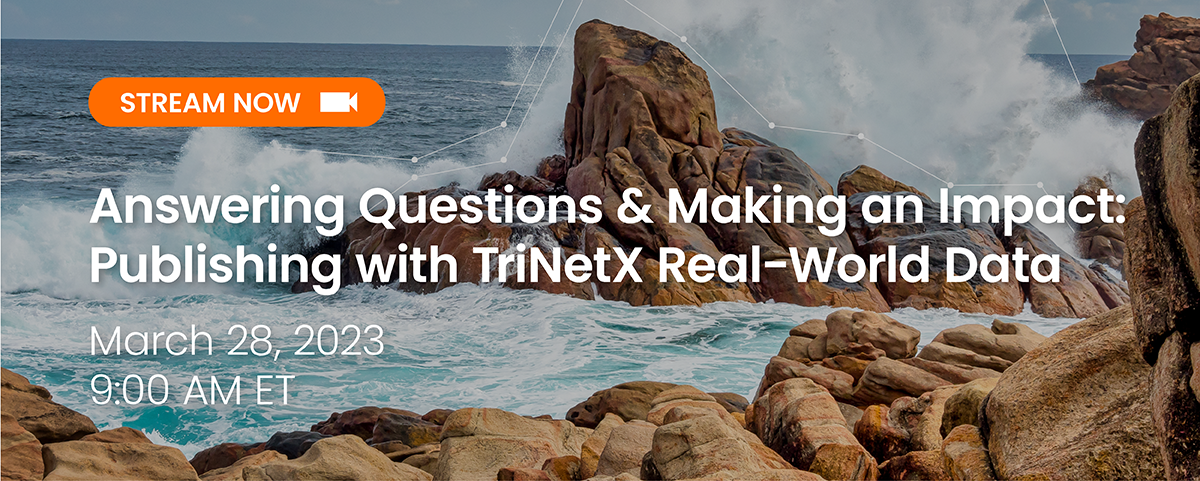
Answering Questions & Making an Impact: Publishing with TriNetX Real-World Data
TriNetX is a go-to tool for researchers across the globe to conduct real-world evidence studies and find answers to their clinical questions. Our intuitive platform and rich, deep EHR data has enabled success for thousands of researchers and has appeared in over 700 publications since 2017.
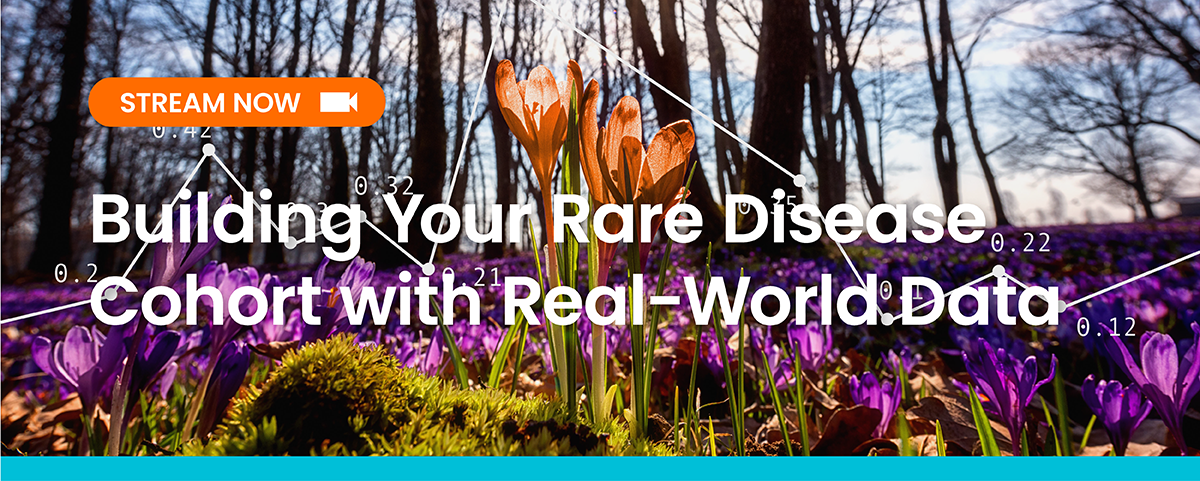
Building Your Rare Disease Cohort with Real-World Data
“Rare” is relative. Today roughly 30 million patients in the U.S. live with a disorder characterized as rare by the FDA. Globally, hundreds of millions more fall into a similar category. In many cases, the course of their disease is poorly understood, and existing treatments – if they exist at all – are inadequate. Solving these problems starts with better research. And better research starts with the right cohort.
TriNetX Summit Recordings
TriNetX’s end user conference took place on October 17-19, 2022 at the InterContinental hotel in Boston. The two-day, invitation-only event brought the global community of TriNetX members together to network, share best practices, participate in training, highlight research discoveries and guide the company’s product roadmap including design, enhancements and development timelines.
Watch sessions and experience the innovation and excitement of the 2022 TriNetX Summit.
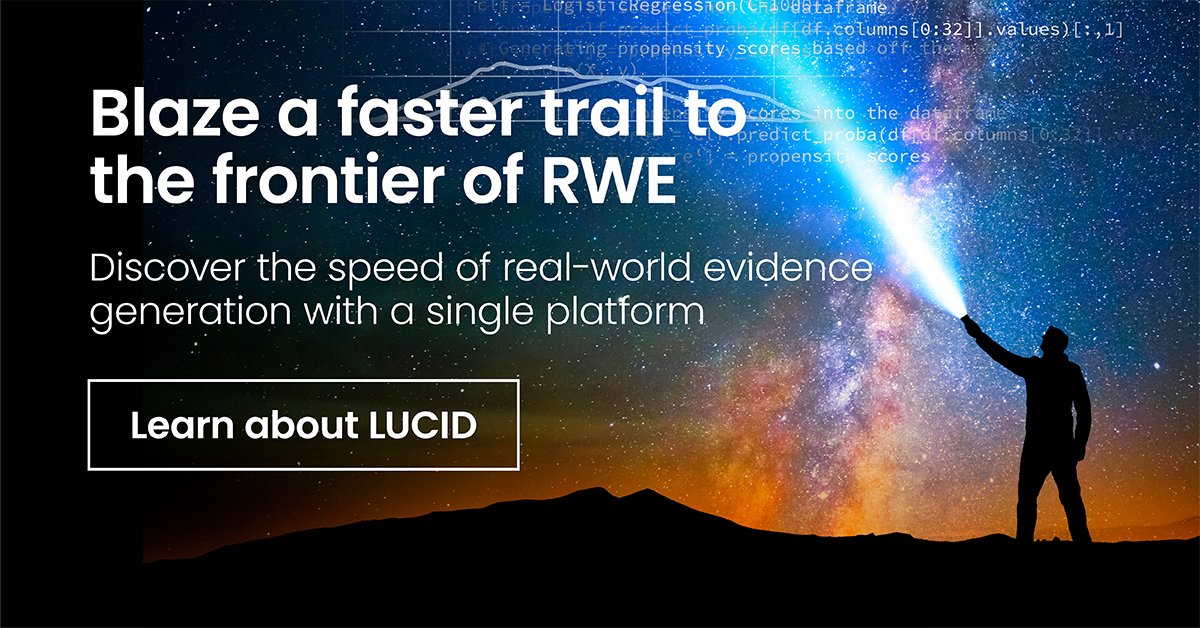
Real-World Evidence Generation: A Model Process
Featuring TriNetX Chief Scientific Officer and FDA Sentinel System co-architect Jeff Brown, PhD, the webinar shows how LUCID connects the industry’s largest federated network of EHR and claims data to a high-performance data science environment.
Going Beyond the Limits of Legacy Pharmacovigilance with Real-World Data
The revolution in drug safety data is underway. The advent of RWD, together with technologies to aggregate, standardize, and analyze it, have turned Pharmacovigilance (PV) specialists into evidence generation leaders.
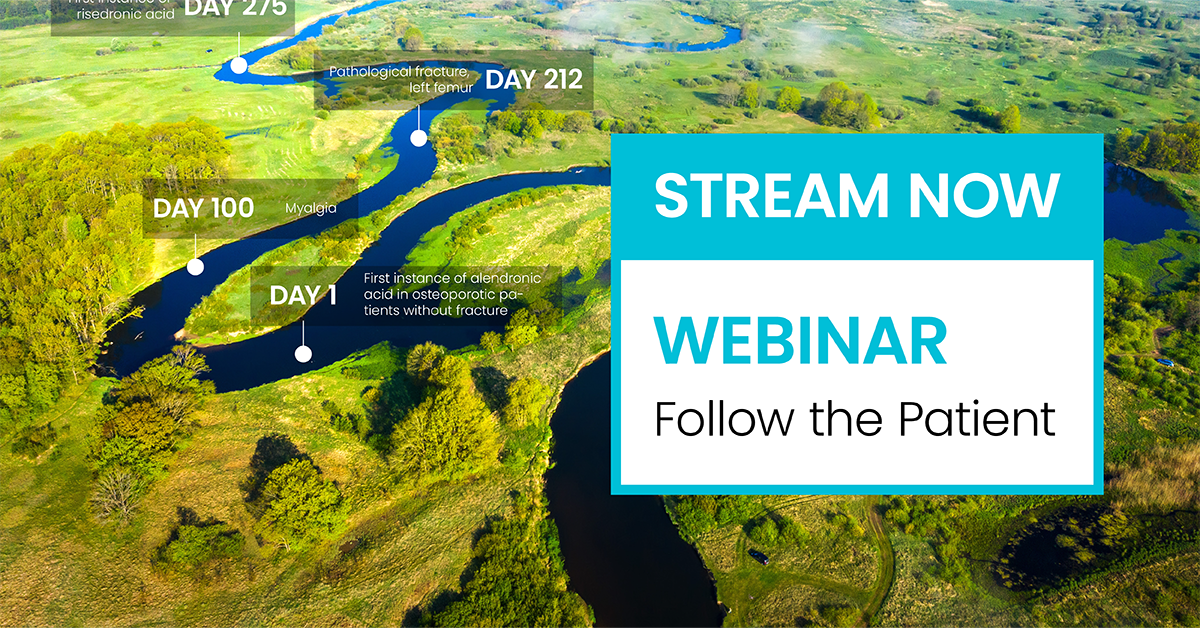
Follow the Patient: Prospective Monitoring with Real-World Data
What if you could combine the richness and volume of real-world data with the objectivity of prospective monitoring? Now you can. By tagging a cohort in TriNetX for active surveillance, you can “enroll” de-identified patients from around the world into a virtual study – in days, if not immediately – then monitor new data for those patients as it arrives.
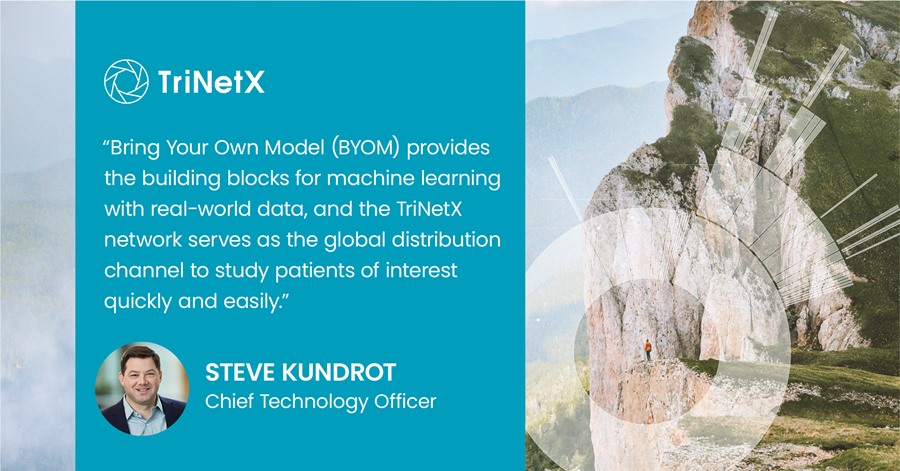
From Detection to Action: Applying Your Model to Real World Data from TriNetX
From simple scoring formulas to regressions trained with machine learning, data models help us detect patients who may benefit from close monitoring, or who might qualify for a clinical trial. See the solutions we’ve developed to help researchers move from “detection to action” more efficiently over our global research networks.
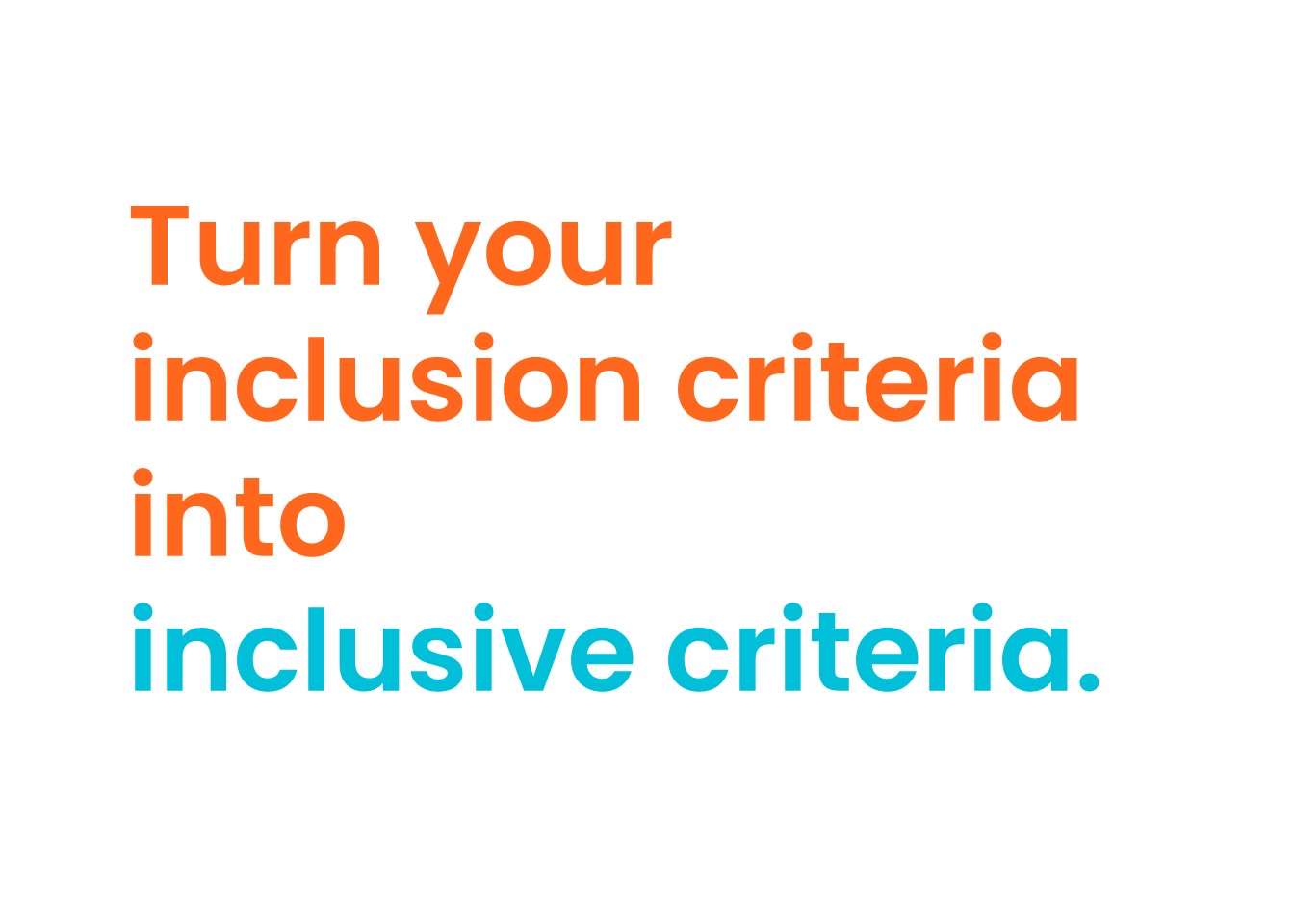
Improving Access to Clinical Trials for Underrepresented Patient Populations Using Real-World Data and TriNetX’s Diversity Lens
Evaluate the impact of eligibility criteria on your trial’s enrollment of underrepresented patient populations. With these results, study teams can better adjust criteria and seek out partner organizations caring for the patients who qualify for their study.
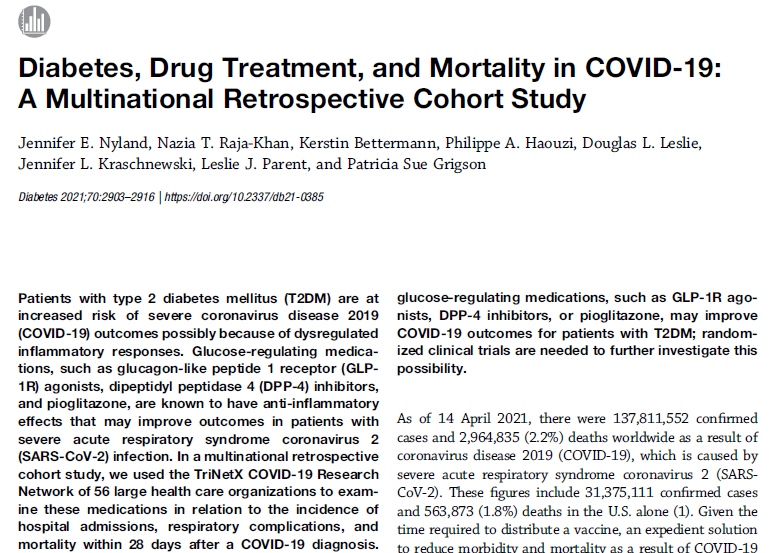
Publishing with TriNetX: Guidelines, Best Practices, and a Real-World Example
Spend time with two experienced members of the TriNetX team and a recent author from Penn State College of Medicine to learn how to maximize your chances for successful publication at every step along the journey, from query design to corresponding with journal editors.

Closing Gaps in Patient Diversity Within Clinical Trials Using Real-World Data
Learn how to use real-world data on the TriNetX platform to explore patient diversity, identify gaps, and attain guidance to recommend and improve diversity in clinical trials and investigator-initiated studies.

Revealing the Patient Journey with Linked Claims and EHR
When it comes to patient journeys, EHR and claims each tell only half the story. Make sure you draw your insights from data that integrates the richest versions of each.

Introducing the Japan Claims Network
Trials that include patients in Japan have an advantage when it comes to regulatory approval in that country. But approval requires promising results from a well-executed study. Start the process the right way by understanding Japan’s patient population, designing a feasible study, and selecting the right trial sites.





